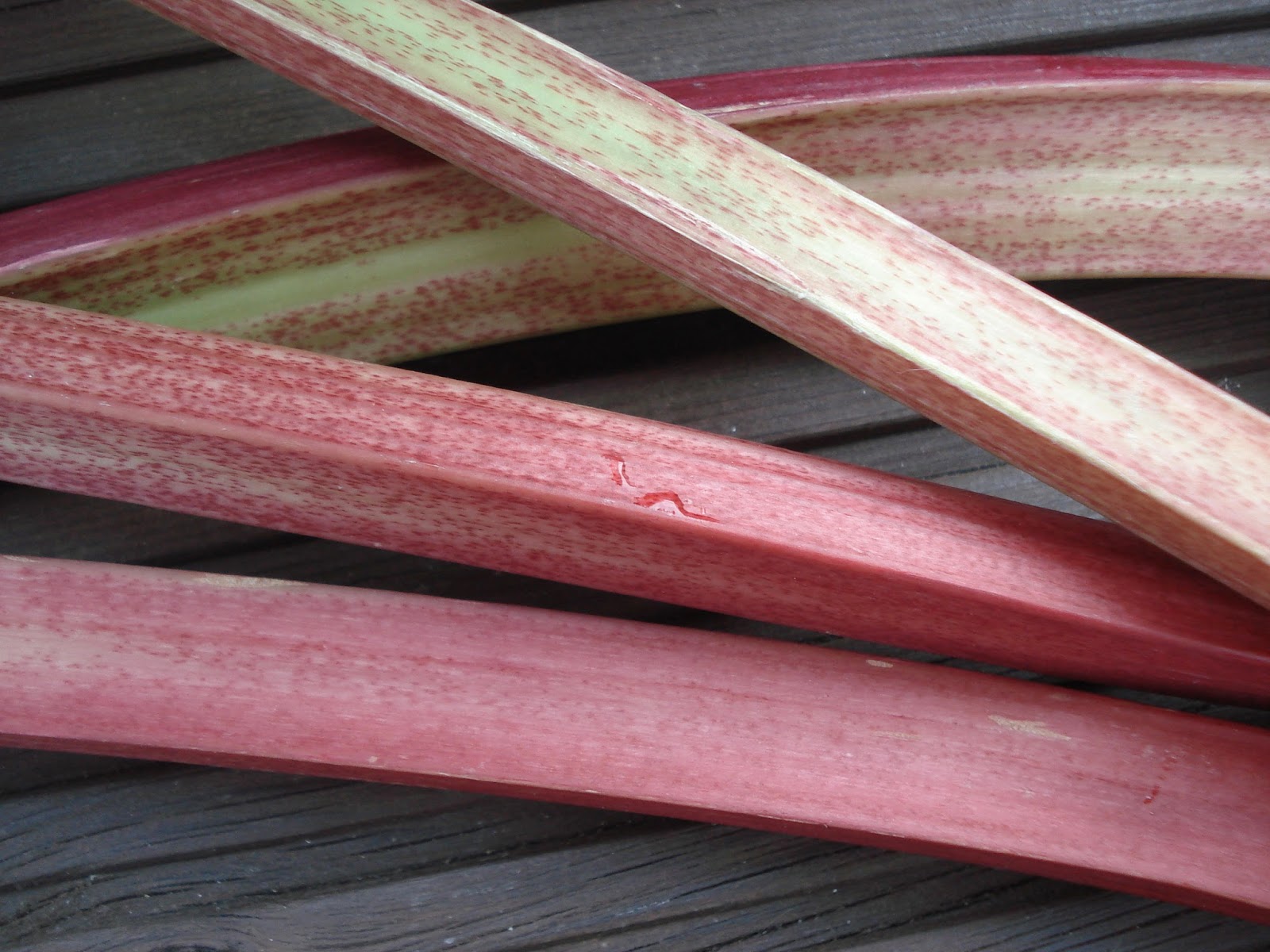Sweetness and Light
The warm English winter was followed by a precocious spring, so everything is earlier than usual. While Canadians are only just thinking about making forays into the garden -after all Victoria Day is normally a good indication that the frosts aren't coming back- over on this side of the pond, it's that time of the year again... When I go trekking out into the wilds of London in search of foraged goods. I've only just missed the nettles, they're now too overgrown to be of any interest in the plate, but the elderflowers are at their peak, all my bottles are sterilised and lined up for this year's batch of cordial.
If you are not into foraging, there are other seasonal produce that could satisfy your sweet tooth: forced rhubarb is petering out, but the field ones are filling the shop shelves. Just in the nick of time too, as we are down to our last jars of jams. British strawberries are also at the rendez-vous, though they are still a little too pricey to be cooked down with rhubarb. However, the last of the British apples can still be had, perfect for a few jars of fruit butter.
A fruit butter is a smooth preserve made with much less sugar than jam, so it can be slathered a little more thickly on toast. Nevertheless, this preserve is not to be confused with low-sugar jam or fruit conserve: fruit butters are cooked down until thick, so there is no need for fiddling with pectin. The lack of added pectin not only means that butters are simpler to make, the end product rarely ends up jelly-like or rubbery. Mind you, the simplicity of the recipe does not make it a glorified apple sauce! A proper butter should be smooth enough to spread, but also thick enough to pile high.
Apple and Rhubarb Butter
Makes about two 500ml/1pint jars
400g/14oz rhubarb, or about 4cups chopped
2 large cooking apples (Bramley, Cortland or Russet are best)
220g/1 cup sugar
1 vanilla bean optional
Wash and trim the rhubarb. Chop into 1cm/ ½" chunks.
Peel and core the apples. Dice the apples so that they are about the same size as the rhubarb.
Split the vanilla bean lengthwise.
Toss all the ingredients in a bowl, and set aside for about 30 minutes.
Pour the mix into a large pan, making sure to scrape out every last drop of syrup.
Bring up to a boil over a high heat, stirring constantly.
Continue cooking over high heat until the apples break down, about 10 minutes. Alternatively, lower the heat to medium-high, cover with a lid, and leave to steam for about 5-7 minutes.
Turn to the heat down to medium-low, and stir constantly until the compote begins to stick to the bottom of the pan.
Check the seasoning: depending on the tartness of the fruits, you may need to add more sugar.
Fish out the vanilla bean, making sure to scrape out the seeds into the butter.
Spoon the butter into clean jars, and seal. Leave to cool down in a draft-free spot..
If the lids have formed a vacuum, the filled jars can be kept in the cupboard until you open them. Otherwise, they should go in the fridge as soon as they have cooled down. Some people like to purée the butter further to make it extra-smooth, but I think that step is unnecessary -unless the apples did not break down completely. Once open, the fruits butter should be consumed within ten days. Although this butter will most likely be eaten for breakfast, it also makes a great filling for a cake or a topping on dessert. Any fruit with a low water content can be turned into butter: gooseberries will be next on the seasonal chart, followed closely by currants. A mid-summer pause will be necessary until the late-summer peaches and plums come in, as strawberries and raspberries are too watery to turn into butter.
Bon app'!







Comments
Post a Comment